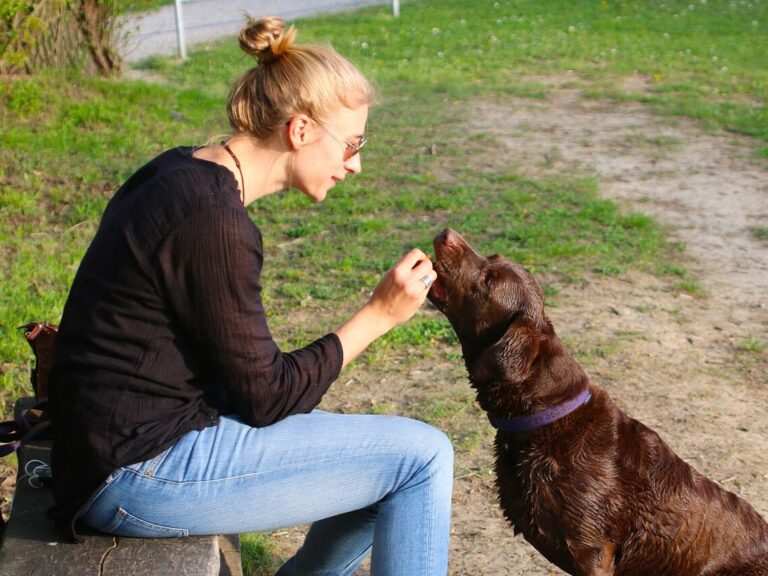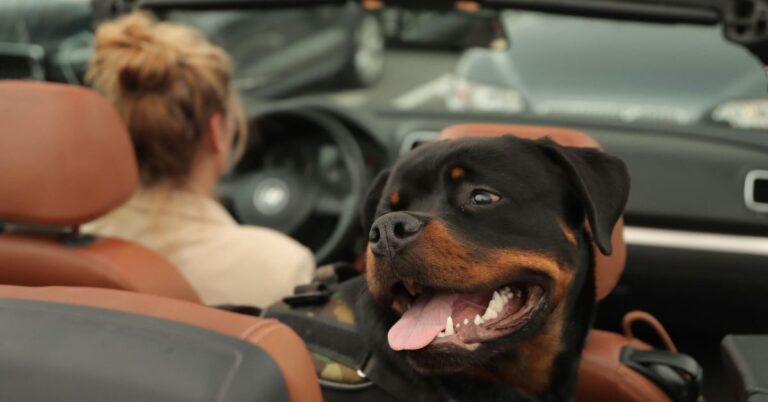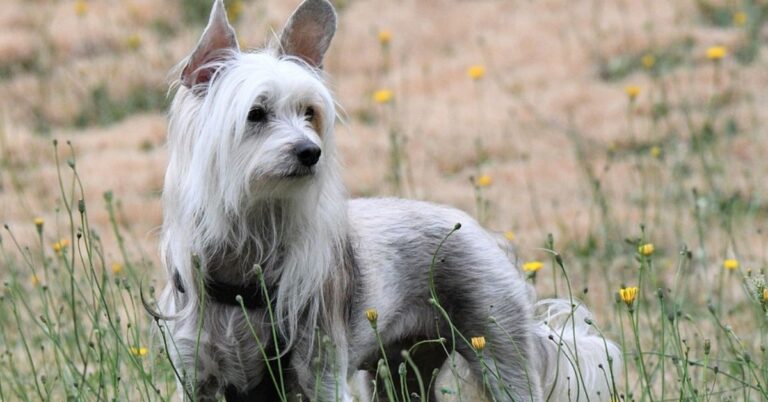10 Differences Between English And American Cocker Spaniels

Cocker Spaniels have captured hearts for generations, but not all are alike. The American variety was originally bred from the English in the late 19th century, developing into two distinct types over time. While they share a lineage, small yet significant traits set them apart. So, how easy is it to tell them apart? Let’s dive into the features, behavior, and history that make each unique.
Nose And Muzzle Shape
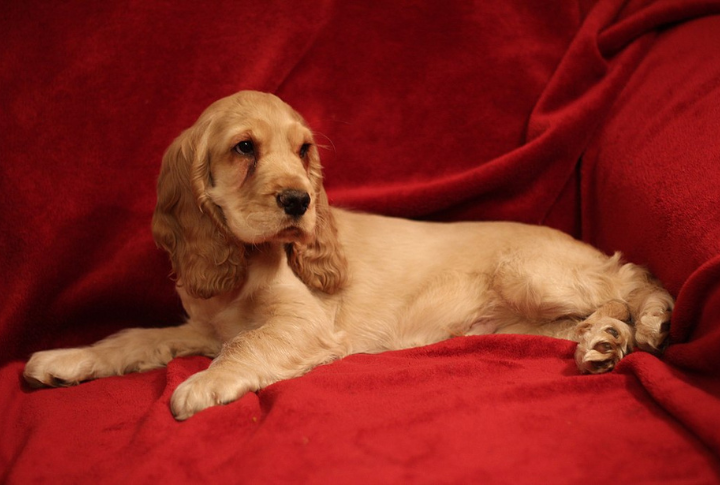
The English Cocker Spaniel, with its longer muzzle, is built for tracking scents over long distances. In contrast, the American Cocker Spaniel has a rounder, upturned nose, giving it a soft, almost toy-like expression. While this appearance is charming, the shorter muzzle can sometimes cause breathing difficulties, especially in warmer weather.
Skull Dome And Forehead Angle
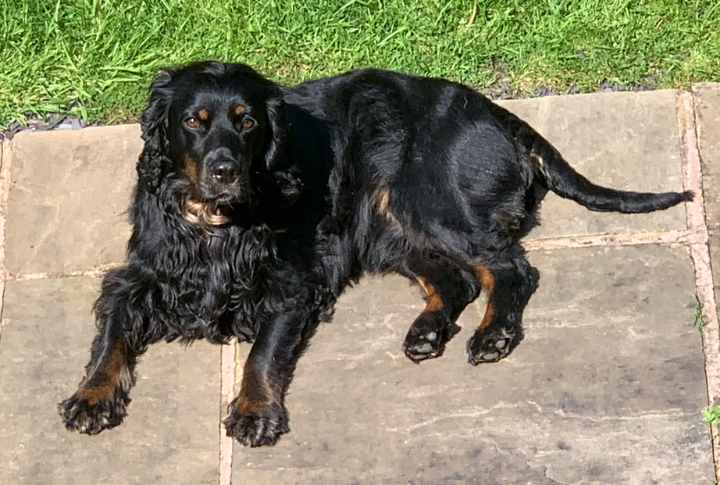
The shape of a Cocker Spaniel’s head reveals much about its origins. The English variety has a flatter skull designed for endurance in the field. Meanwhile, the American Cocker Spaniel was bred for a more striking look, featuring a pronounced dome and an expressive, animated face. Where function defined one, aesthetics refined the other.
Jaw Strength And Bite
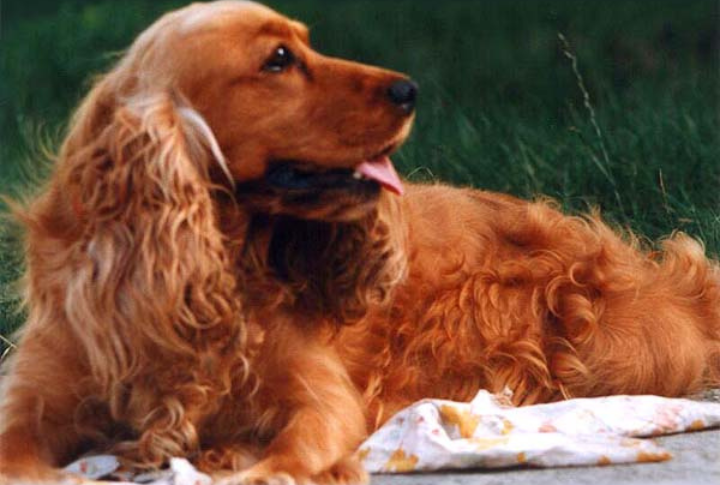
The history of Cocker Spaniels stretches as far back as the 14th century when they were first bred in England to retrieve game birds. The English variety developed a strong yet gentle grip, perfect for carrying birds without causing harm. Meanwhile, the American Cocker Spaniel evolved a softer grip, better suited for playful interactions than for work.
Lip Thickness And Droop
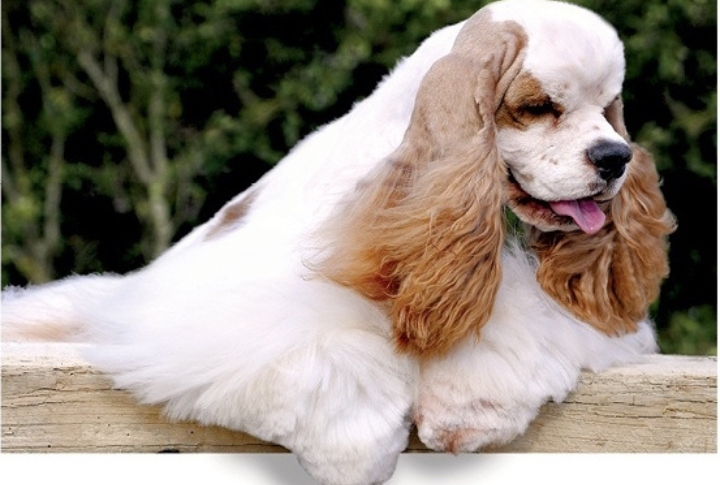
A dog’s lips do more than just convey emotion—they also influence drooling and scent detection. For the English Cocker Spaniel, firmer lips help manage moisture, ensuring less mess while retrieving. On the flip side, the American Cocker Spaniel’s looser lips, shaped by generations of show breeding, create its signature smile but also lead to a bit more drool.
Leg-To-Body Ratio
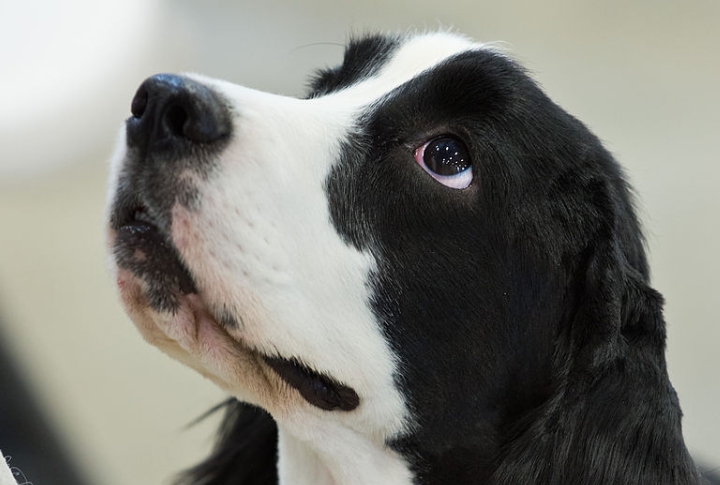
Ever notice how some dogs seem built for speed while others move with the grace of runway models? The English Cocker Spaniel, with its longer legs, is designed for endurance and speed—perfect for fieldwork. Meanwhile, the American variety has a more compact frame that enhances its smooth, elegant gait—tailor-made for the show ring.
Ear Fur Density And Shape
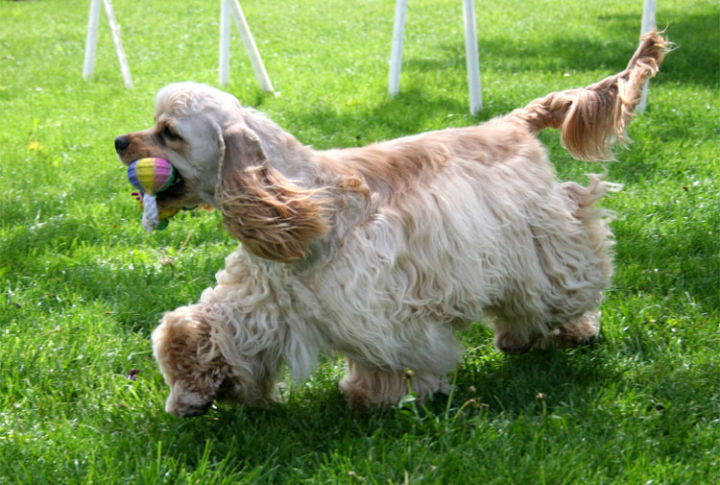
The English Cocker Spaniels evolved with moderately feathered ears designed to reduce debris collection while working in dense fields. In contrast, the American’s long, silky ear fur was selectively bred for aesthetic appeal, requiring meticulous grooming to maintain these qualities. Historically, hunters favored the English, while show breeders favored the American variety.
Sporting Versus Show Line Differences
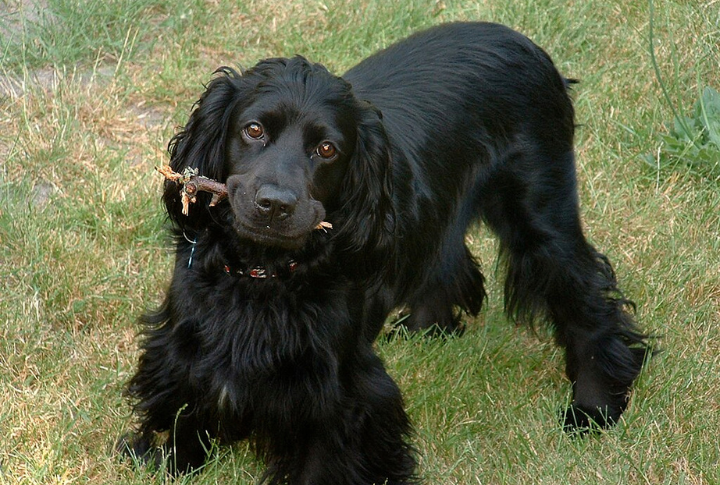
The purpose of a breed influences everything from physique to personality. The English remains a natural athlete, thriving in roles that demand endurance and quick reflexes. The American carries a more sculpted and elegant frame and is a preferred companion for homes. The difference in purpose is evident in every step they take.
Coat Water Resistance
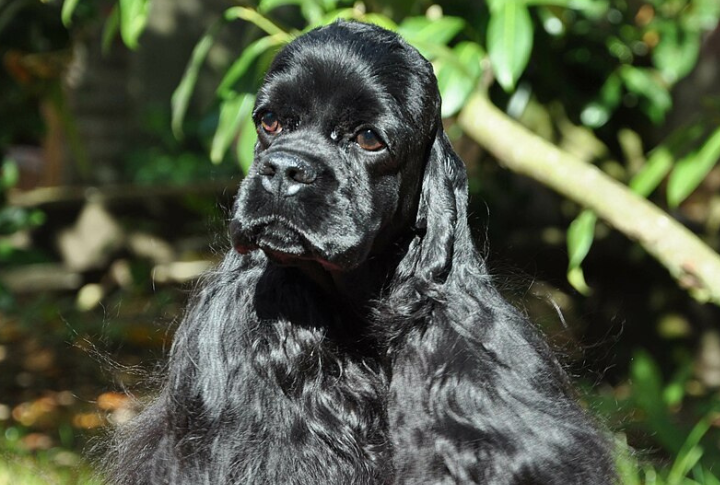
When it comes to water, the difference between the two breeds is instantly noticeable. The English’s coat repels water, an essential feature for retrieving in wet environments. Meanwhile, the American Cocker Spaniel’s fine, silky fur absorbs moisture, making it harder to dry. A light rain rolls off one easily, while the other turns even a drizzle into a high-maintenance affair.
Temperament Under Pressure

How a dog handles stress can say a lot about its nature. The English remain calm and focused when faced with challenges, while the American breed is more emotionally attuned to its human companions and seeks reassurance in uncertain situations. Each handles challenges in a way shaped by its breeding and role.
Tail Position And Movement
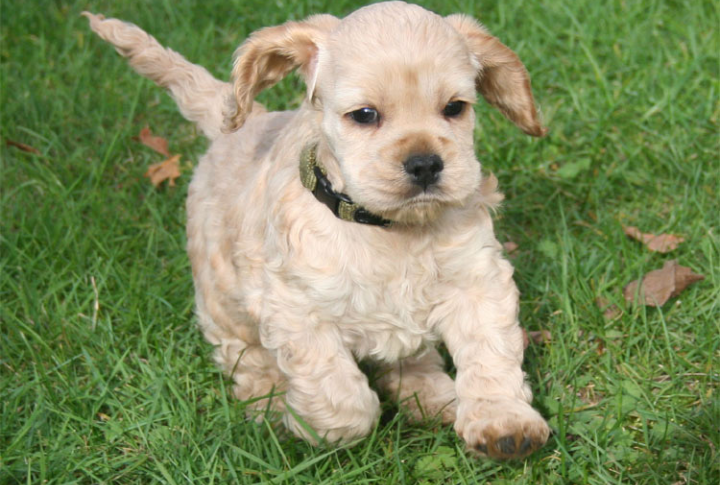
While a wagging tail often expresses happiness, it also reveals the dog’s personality. The English carries its tail in a steady motion, exuding controlled confidence. Full of enthusiasm, the other often lifts its tail high, sometimes curling it over its back in an animated display. From poised to playful, their tails are like built-in mood indicators.
